Porter House Reads: Halloween Favorites
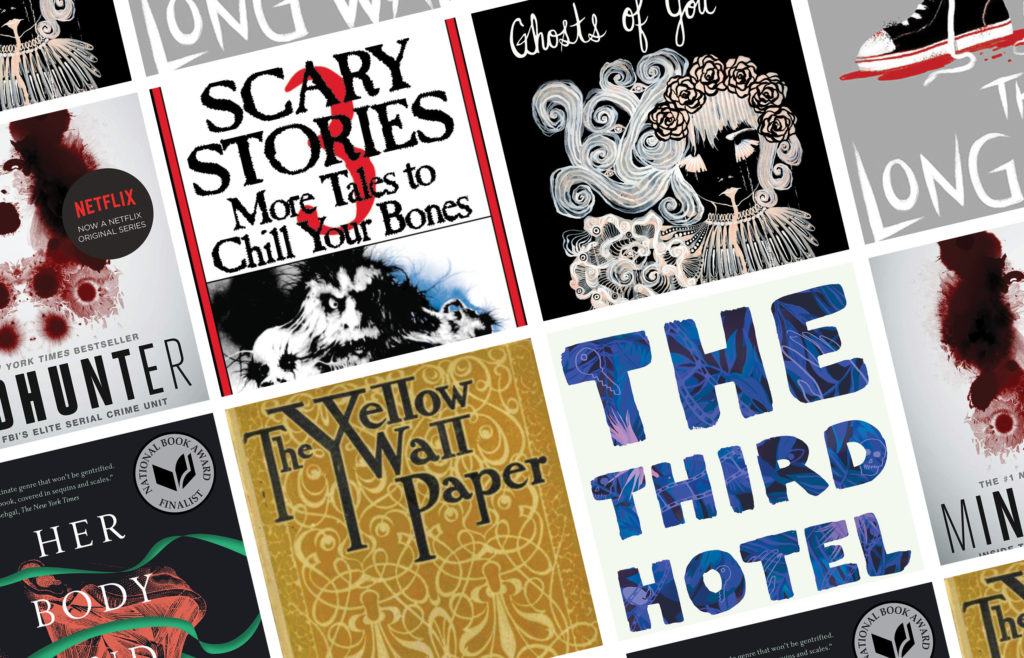
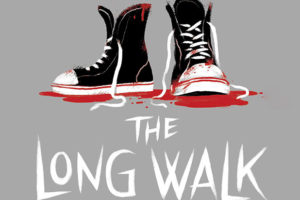 The Long Walk / Richard Bachman (Stephen King)
The Long Walk / Richard Bachman (Stephen King)
Ben McCormick, Nonfiction Editor
Halloween’s allure rests in how such a colorful, cozy season drives people to slasher flicks—’tis the season for psych thrillers. The Long Walk is the first novel Stephen King ever wrote, about one hundred teenage boys who enter an endurance walking contest. The last one standing earns eternal riches and spoils, and the losers are shot where they stop. It’s 350 pages of the human brain on a hamster wheel, and thirty more after the wheel busts and the brain keeps on going. Happy Halloween…
“Walking with Charlie” / Julie Hayden
Natalie Brown, Reviews Editor
It’s the feeling of absence that makes Julie Hayden’s “Walking With Charlie” such a haunting read, despite lacking an overtly gothic feel. This little seven-page story, which appeared in The New Yorker in 1970 and in Hayden’s recently reissued collection The Lists of the Past, follows a woman’s outing with her toddler nephew, Charlie, in Central Park. A third of the way through, the narrator tells us, “It is a mild, smoky, parti-colored day and, now that I think of it, Halloween.” The prose is taut and makes use of spooky details—deepening shadows, the edge of a cliff, a stranger “slouched against a maple tree, watching us.” In the spaces between, the story is suffused with the recurring specter of the narrator’s ex, Robert, his memory hiding in the shadows and being overwritten by Charlie. “Walking With Charlie” has one of my favorite endings of any short story I’ve read, so I won’t give it away. But you’ll be haunted by it, too.
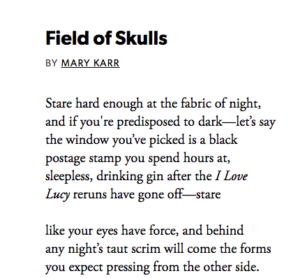 “Field of Skulls” / Mary Karr
“Field of Skulls” / Mary Karr
Asa Johnson, Poetry Editor
This poem is remarkable in its ability to evoke feelings of dread and cynicism while, somehow, also being playful. Its imperative sentence and second-person pronouns compel the reader to engage with the eeriness—both underlying and overt—that permeates the poem. In one page, Karr explores vastness (“the earth’s orb”) and smallness (“a black / postage stamp”) to find the things that scare her about both.
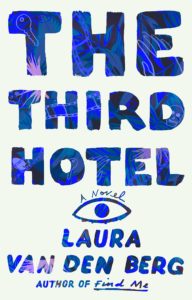 The Third Hotel / Laura van den Berg
The Third Hotel / Laura van den Berg
Frank Burch, Field Notes Editor
Perhaps no genre epitomizes pleasure recognition than the horror genre, where tropes are not things to be avoided but things to be played with. Laura van den Berg’s The Third Hotel is a novel that understands this well . It’s not a horror novel per se, but a ghost story nonetheless; we follow a narrator’s journey to Cuba for its national horror movie festival, following in the footsteps of her late husband—a scholar on horror cinema and the victim of a hit and run. Naturally she sees him there and spends the novel trying to track him down. While the novel doesn’t evolve into the kind of well-trodden tale her husband would have written about, it is spectral and unnerving in its own way. The book’s awareness of these familiar tropes is what makes it compelling. It shines with intelligence.
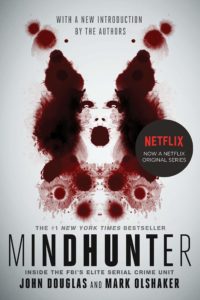 Mindhunter: Inside the FBI Elite Serial Crime Unit / John Douglas and Mark Olshaker
Mindhunter: Inside the FBI Elite Serial Crime Unit / John Douglas and Mark Olshaker
Rachel Spies, Podcast Editor
This is the book that not only launched the successful Netflix series of the same name but also inspired the characters in Silence of the Lambs. Though Mindhunter is heavy on research and interviews, Douglas weaves his personal life into the text to give a linear storyline to an otherwise academic (though peculiar) subject. The scariest part of this book is not the raw data Douglas gathers, however; it’s as a reader we start to not only empathize with murderers but also begin to see parts of their psychology at work in our own minds. By the end of the book, the binary of good and evil is stripped down to possibility; when applied to the self, this becomes more disturbing than any sensory description of violence ever could.
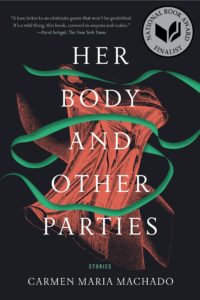 “The Husband Stitch” / Carmen Maria Machado
“The Husband Stitch” / Carmen Maria Machado
Kaitlyn Burd, Fiction Editor
I find it hard to make it through the trailers for some horror films, but “The Husband Stitch” by Carmen Maria Machado had me hooked (pun intended) from “the bloody toes.” Or were they potatoes? Recommended for those still looking for an easy Halloween costume idea.
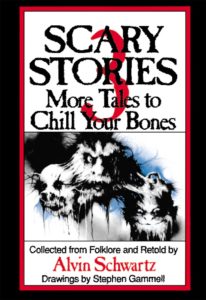 Scary Stories 3: More Tales to Chill Your Bones / Alvin Schwartz
Scary Stories 3: More Tales to Chill Your Bones / Alvin Schwartz
Ali Riegel, Copy Editor
Yes, I know. This is a literary journal, and a respectable one at that— a journal aimed primarily (often solely) at Very Grown readers. To that end, I’ve made responsible, intellectually nourishing PHR Staff Rec choices in the past: Sally Rooney’s short fiction, the ambient IDM stylings of Jon Hopkins. And yes, this is (technically) a children’s book. But only technically. This volume, the final installment in Alvin Schwartz’s iconic horror trilogy, has stories that will terrify adults and children alike. Specifically it has “Harold,” the tale of a mistreated scarecrow and undoubtedly the most frightening thing I’ve ever read. “Harold” ruined the word “trotted” for me—and any work of fiction, belletristic or not, that can permanently alter your relationship to a word is usually doing something right. If the actual stories don’t spook you, Stephen Gammell’s grotesque, eerie illustrations definitely will.
“Burnt Norton” / T.S. Eliot
Caroline Frost, Art Editor
“Burnt Norton” is the first poem of T.S. Eliot’s Four Quartets and was published in 1936. Eliot’s focus on a rose garden—a scene of contemplation on time and the forces of nature—echoes Halloween themes such as death as a consequence of passing time. Eliot urges the reader to focus on the present moment as he ponders the order of the universe by visualizing a garden’s inhabitants on an autumn evening: dead leaves, roses, a bird, laughing children. I love how this poem conjures the feeling of roaming through a garden at dusk in October—it acknowledges the ecosystem that exists within it while speculating the complexities of life. My favorite line is, “human kind / cannot bear very much reality,” a reminder that it’s important to escape the mindset of our daily lives, to let loose and have fun this Halloween.
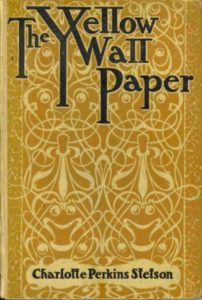 “The Yellow Wallpaper” / Charlotte Perkins Gilman
“The Yellow Wallpaper” / Charlotte Perkins Gilman
Steph Grossman, Assistant Public Relations Manager
I first read Gilman’s literary horror classic during senior year of high school. Ever since then, it’s been my go-to Halloween reading recommendation. Written in the style of found journal entries, Gilman’s unnamed female narrator is confined to an attic room by her husband, who believes she has “hysterical” tendencies. She soon descends into madness, obsessed with the ugly yellow wallpaper that surrounds her. That might sound unsettling enough, but trust me, it becomes about so much more than that. When it was first published in 1892, critics said the “The Yellow Wallpaper” would drive readers mad. Gilman responded that the story “was not intended to drive people crazy, but to save people from being driven crazy.” Still, it is creepy! I think what disturbs me the most is the way Gilman uses the word “creep.” Until reading “The Yellow Wallpaper” I never realized how creepy the idea of “creeping” could be.
 “Where Are You Going, Where Have You Been” / Joyce Carol Oates
“Where Are You Going, Where Have You Been” / Joyce Carol Oates
Brady Brickner-Wood, Managing Editor
Few stories have haunted me as vigorously as Joyce Carol Oates’s “Where Are You Going, Where Have You Been?” For a story with minimal dramatic action, Oates is able to evoke utter terror through body language, dialogue, and scraps of interiority. And then there’s that ending. Look, no ending will ever leave you as decimated and terrified as this, I promise.
Ghosts of You / Cathy Ulrich
Taylor Kirby, Asst. Managing Editor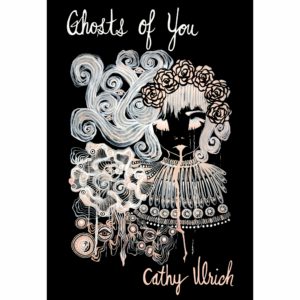
Every flash fiction in Ulrich’s Murdered Ladies Series begins with the same line, though the victim always changes: “The thing about being the murdered girl [/student/mermaid/politician] is you set the plot in motion.” The series is collected in Ghosts of You for the first time and interrogates how easy it is to reduce women to their wounds. An Ulrich Murdered Lady might catalyze an emotional arc for a man she barely knew while the reality of her own death is backgrounded; an actress might have her death reenacted in a film to be screened for millions of ticket holders. These flashes are not the kind of horror meant to inspire playful frights on Halloween night—the terror they invoke lingers all year long.

